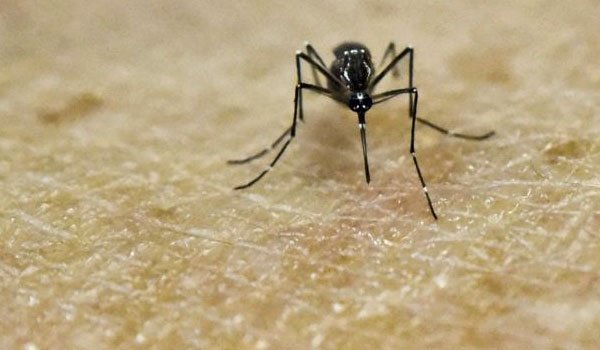Both Africa and Asia have large areas that could be susceptible to the virus which includes Sri Lanka as well.
The Zika virus, which is spread by Aedes aegypti mosquitoes, triggered a global health emergency this year.
Last week the US Centers for Disease Control and Prevention confirmed that the virus causes severe birth defects.
The latest research showed mapping Zika was more complex than simply defining where the mosquito can survive.
One of the researchers, Dr Oliver Brady from the University of Oxford, told the BBC: "These are the first maps to come out that really use the data we have for Zika - earlier maps were based on Zika being like dengue or chikungunya.
"We are the first to add the very precise geographic and environmental conditions data we have on Zika."
By learning where Zika could thrive the researchers could then predict where else may be affected. The researchers confirmed that large areas of South America, the focus of the current outbreak, are susceptible.
In total, 2.2 billion people live in areas defined as being "at risk".
The infection is suspected of leading to thousands of babies being born with underdeveloped brains.
However, the study cannot answer why large numbers of cases have not already been reported in Africa and Asia.
One possible explanation is that both continents have already had large numbers of cases and the populations there have become largely immune to the virus.
An alternative is that cases could be being misdiagnosed as other infections such as dengue fever or malaria.
Europe seems likely to be unaffected, but that could change as more evidence emerges on which mosquitoes the viruses can spread in.
(Extracts and Pics - BBC)
Related Articles
Zika virus 'scarier than thought' - US
South Korea confirms first Zika case
Zika 'might cause' paralysis syndrome
Sexually transmitted Zika case in US
IDH ready for possible Zika patients
Intensify war against dengue mosquito as it also carries Zika virus
Zika : be cautious when travelling








